Category: Other Livestock
-
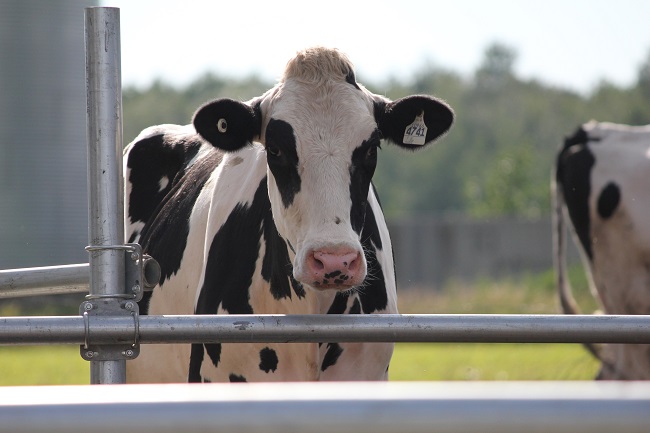
Why Increased Holstein Milk Production Has Decreased Fertility Rates
Agricultural Research Service scientists have discovered why Holsteins, bred to produce more milk, are less fertile than before breeding efforts were stepped up to increase dairy production: It’s in their DNA. Since the U.S. dairy industry intensified selective breeding efforts in the 1960s, average milk yield in Holsteins has doubled, but the cattle are less […]
-
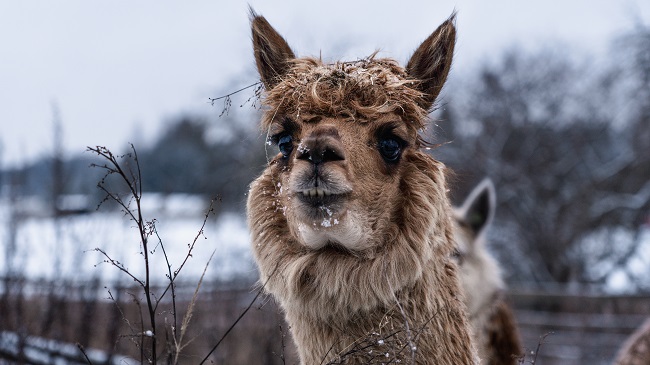
Preventing Hypothermia in Llamas and Alpacas During Winter
During the winter my thoughts drift to concerns for care and management of livestock during the often-harsh environmental conditions of the season. In general, llamas and alpacas are well suited to cooler temperatures. After all, winter in the Andes can be trying on the soul if one is not prepared for it. However, camelids are […]
-

Why Llamas Make Good Guardians for Livestock
If you want to raise chickens or sheep, or another type of livestock, but are worried that you won’t be able to keep them secure, llamas might be the perfect solution to your problem. If you are unfamiliar with llamas, this might stretch your imagination, but if you have at least one acre of grass […]
-
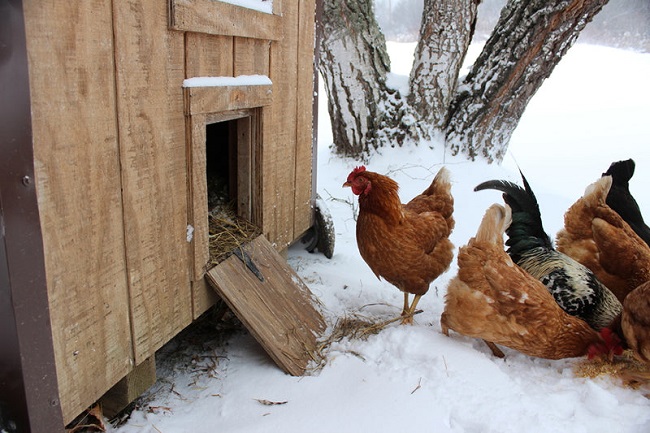
How to Prepare Chickens For Winter Weather
What most people don’t realize is that most breeds of poultry are quite tolerant to the cold. Chickens have much more trouble dealing with severe heat, than they do with severe cold. If you take a few easy precautions, your fowl will make it through the winter months very easily. All chickens need is a […]
-

10 Tips to Keep Goats Healthy During Winter
Goats are rather hardy animals; however, they are susceptible to pneumonia, a possible result of being subjected to damp, drafty conditions. Dairy goats can handle the cold temperatures if they have a shelter to get out of the wind and have a good undercoat of hair to protect them from frigid temperatures. The ideal shelter […]
-
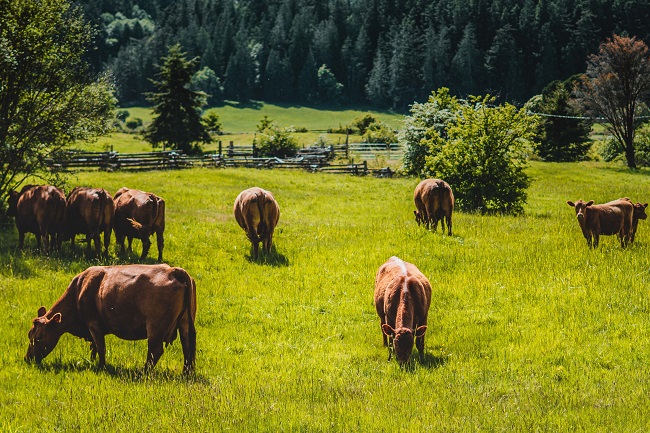
Cattle Show to Align North-South When Grazing
Cattle partake in some directional grazing. Have you ever noticed that herds of grazing animals all face the same way? Images from Google Earth have confirmed that cattle tend to align their bodies in a north-south direction. Wild deer also display this behavior – a phenomenon that has apparently gone unnoticed by herdsmen and hunters […]
-
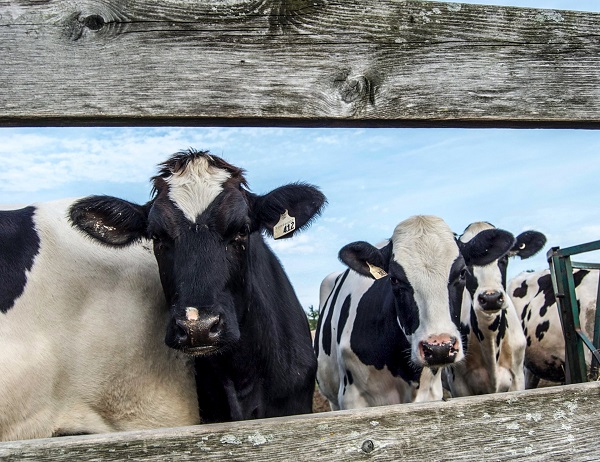
Procedures for Handling Dairy Cows Before They Enter the Food Chain
Dairy producers should always remember that cull dairy cows will enter the food chain. Cull dairy cows are not just ground into hamburger but provide other cuts of beef for our food supply. Dairy cows receive several injections and dairy producers should follow several general rules. Any product that carries a label that states it […]
-
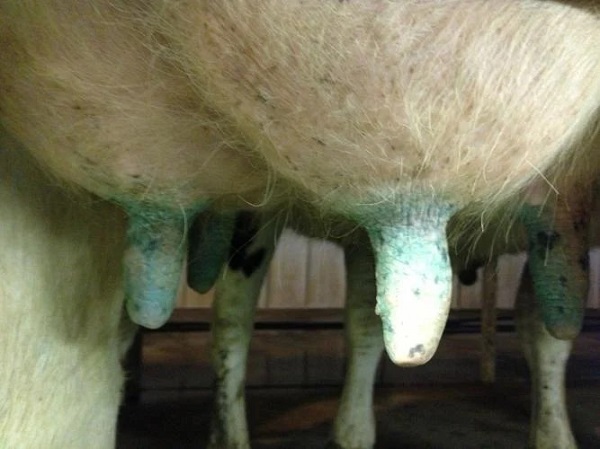
How to Preserve Winter Teat Condition in Dairy Cattle
Cooler temperatures reduce much of the stress faced by dairy cattle but bring more challenges with teat condition. As the temperature drops it is more difficult to maintain skin moisture, leading to chapping. Just as chapped, bleeding hands are painful for us, teat chapping is equally irritating for cattle. Discomfort from this chapping makes udder […]
-
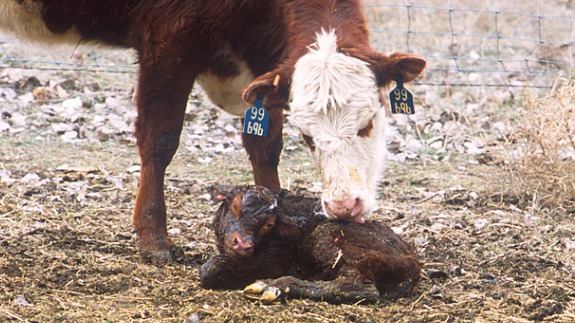
How to Identify and Treat BVDV in Livestock
Although the name bovine viral diarrhea virus implies this disease affects bovines, other even-toed hoofed animals can be infected including: Sheep, Goats, Swine, Deer, Old World Camelids (OLC) such as camels, and New World Camelids (NWC) that include llamas and alpacas There are two biotypes of bovine viral diarrhea virus (BVDV) based upon the pathologic […]
-

Can Llamas be Used as Guard Animals & More
Llamas have been used successfully as guard animals for sheep, goats, cattle and miniature horses. They are very intelligent and curious, and can recognize family pets, neighbors’ pets, and the difference between them and coyotes. Their curious nature and athletic ability bring them into proximity to the coyote, causing the coyote to leave the area. […]